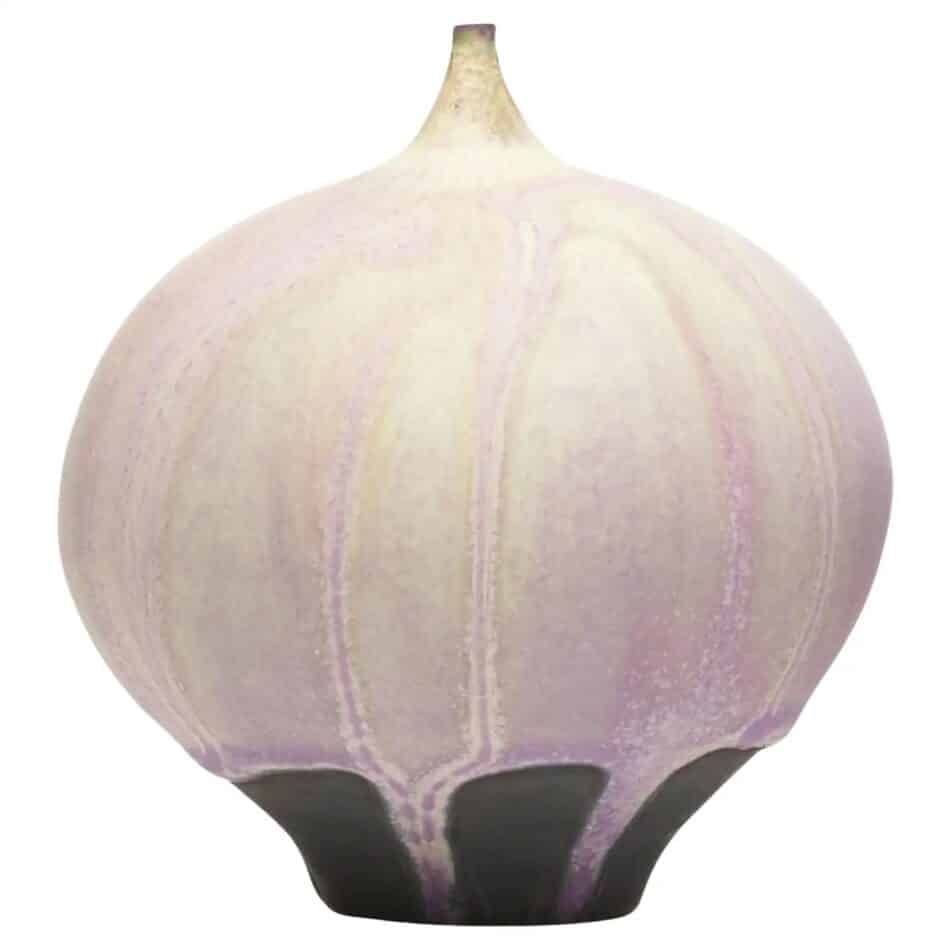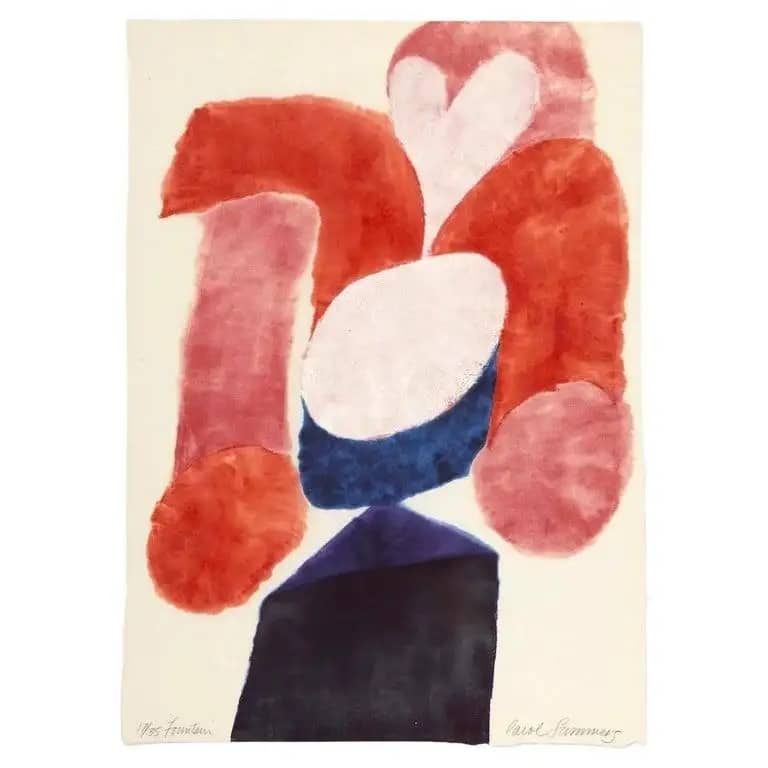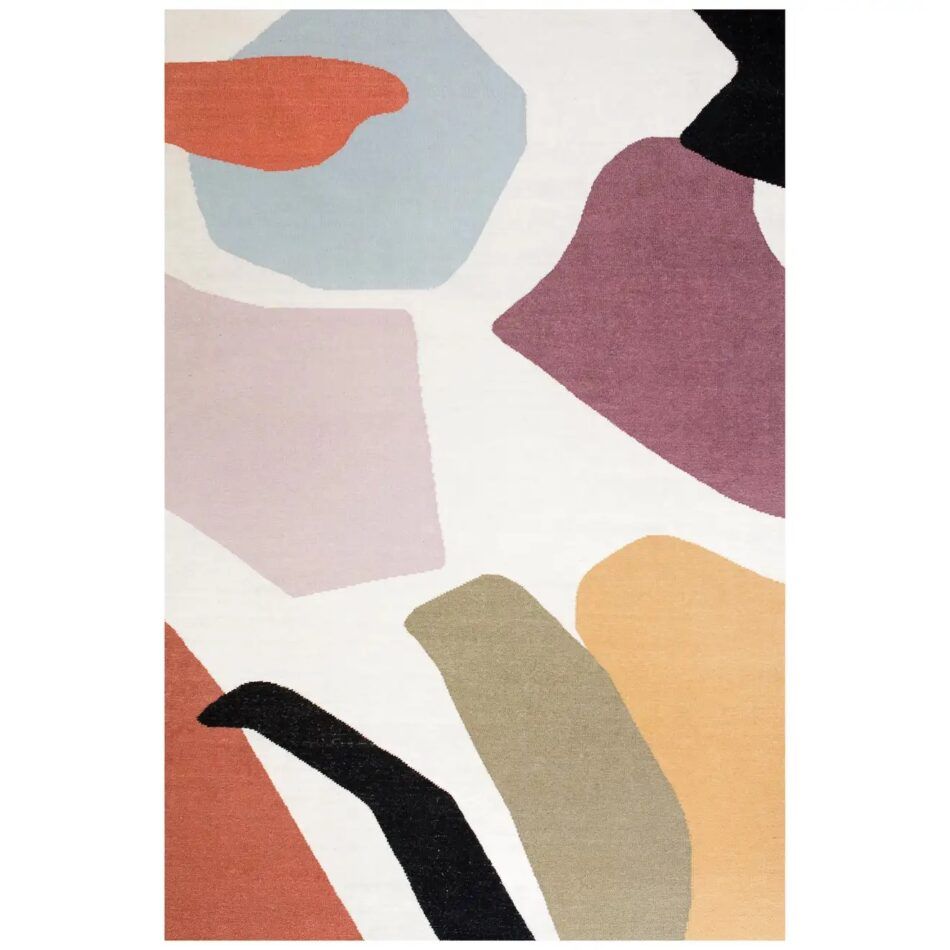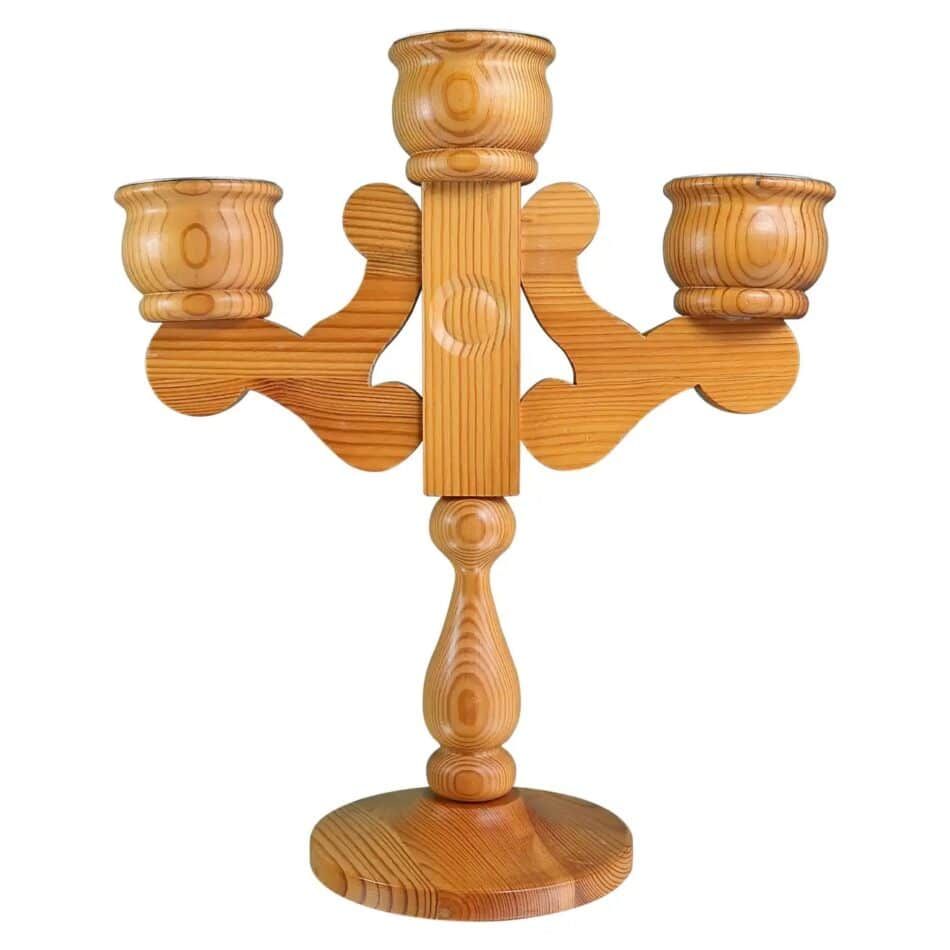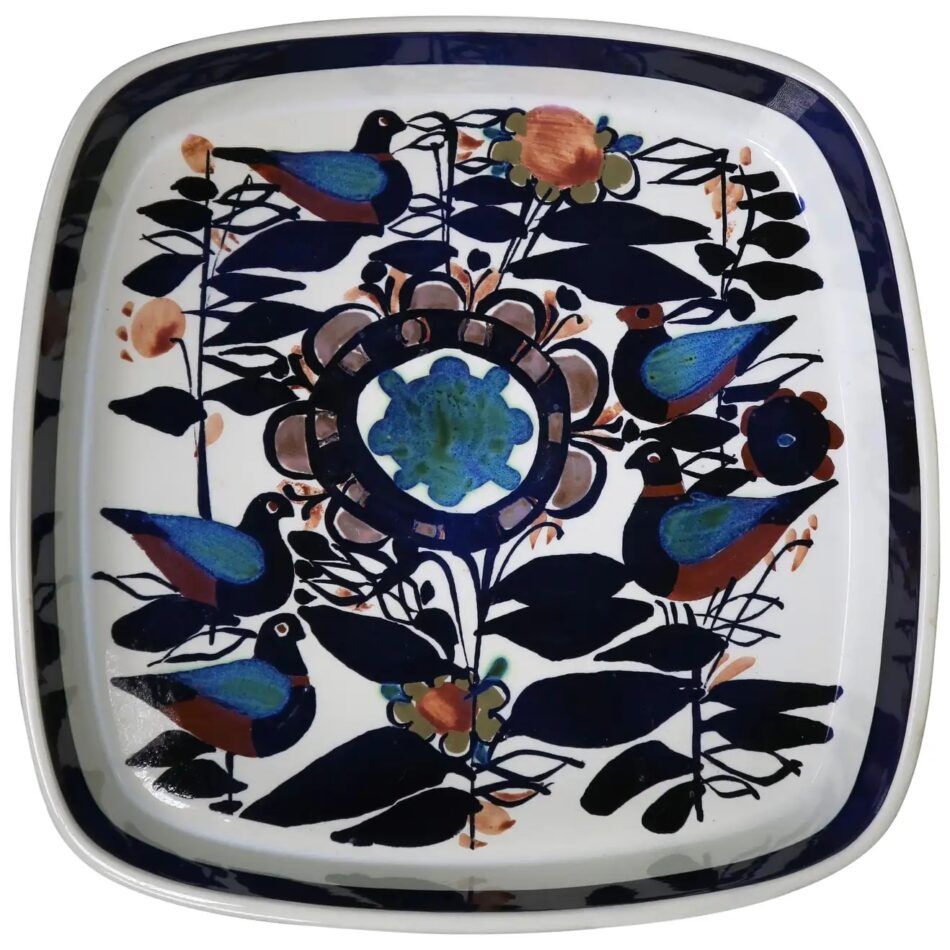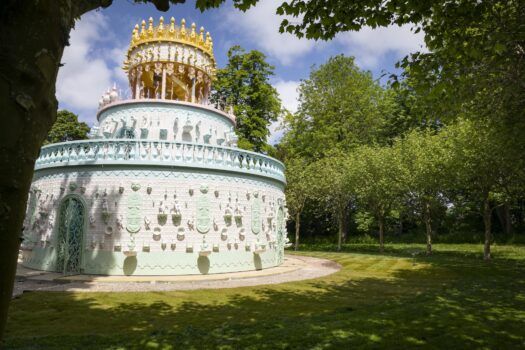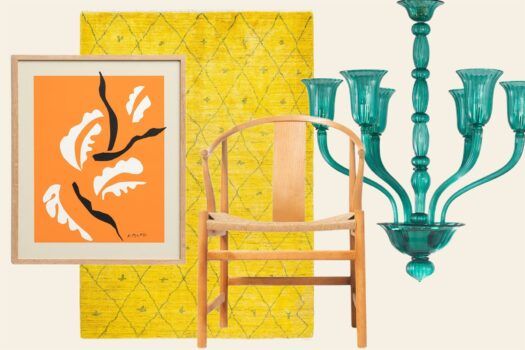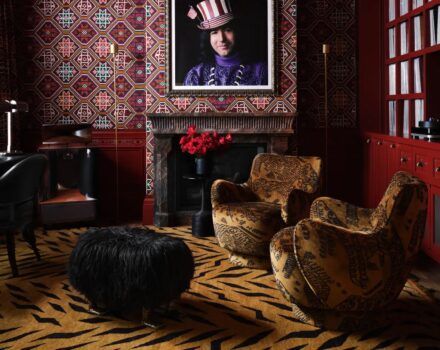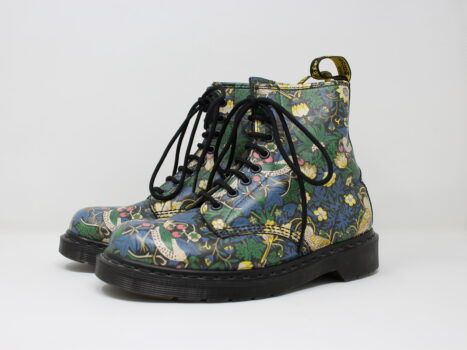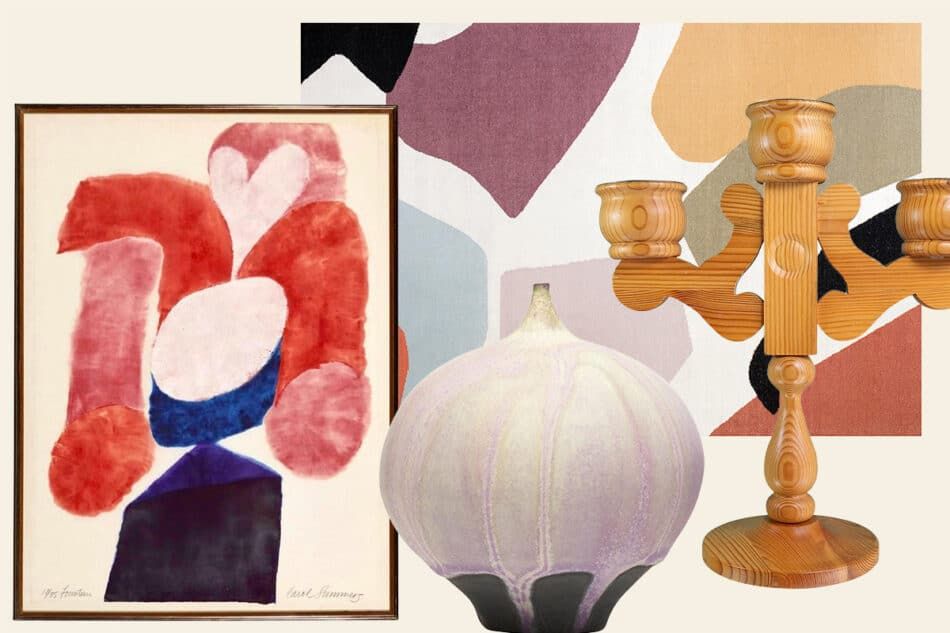
Short days and cold winds can bring the January doldrums to our doors. But the new year is also a time for clean slates and fresh starts. Adding an extra layer of coziness or a dash of verve to our surroundings helps to banish the winter blahs and generate a sense of optimism about the months ahead.
The beauty — and excitement! — of 1stDibs Auctions is that you never know what sort of treasure you’re going to find. The gem that catches your eye and tugs at your heart may not be an important piece but one whose charm, usefulness or certain je ne sais quoi makes it seem made just for you. In that flash of discovery, you realize you want it — or, in fact, need it, even though you hadn’t known of its existence mere moments before.
These five handcrafted pieces are just the thing to lift your spirits and bring new pep to your place. Best of all, they have no reserve price (a minimum that a seller is willing to accept), so any offer above the starting bid could be the winner.
Rose and Erni Cabat Feelie Vase
Renowned studio ceramist Rose Cabat (1914–2015) and her husband, Erni, spent years developing proprietary matte glazes. Once they’d perfected the silky texture, Rose worked to craft a form appropriate to the enchanting finishes. She felt she’d found it around 1960 when she created a small porcelain pot that fit in the palm of her hand. She called it a Feelie, and it became recognized worldwide as her signature piece.
Narrow-necked decorative vases with vegetal shapes resembling onions, figs or cucumbers, Feelies typically bear layers of colored glaze, like this sweet lavender and cream example from the 1970s. It’s not designed to hold flowers but to be, as Rose once said, “a spot of beauty” on its own.
Carol Summers Woodcut
American printmaker Carol Summers (1925–2016) developed a woodblock printing technique in the 1950s that created soft watercolor-like edges and luminescent hues. As in this 1964 piece, Summers’s work usually features large swaths of color and semiabstract landscapes. Here, a fanciful heart floats above the arching waters of a fountain.
Summers traveled the world and often depicted sites of personal significance in India, Italy and Nepal. In addition to hand pulling a prodigious number of prints, he taught at several schools, including Pratt Institute and Columbia University. His work can be found in the permanent collections of the Art Institute of Chicago, the Brooklyn Museum, MoMA and the National Gallery of Art, in Washington, D.C.
Abe the Ape for Kilombo Home Kilim Rug
This cheerful cotton-wool rug by Abe the Ape for the Madrid-based shop Kilombo Home is ethically handwoven in northern India. The human behind the Abe the Ape label is Spanish designer and illustrator Abraham Menéndez (born 1977). Menéndez, who holds degrees in both fashion design and advertising, has worked on campaigns for numerous international brands, including Chanel, Dior and Hermès. In his playful houseware designs, which range from rugs and wallpaper to colorful plates and quirky ceramics, he aims to create objects that make day-to-day life more fun.
Stig Johnsson for Smålandsslöjd Candelabra
Handcrafted in Värnamo, a small city nestled in the forests of southern Sweden that was known in the 1800s for its cabinetmaking industry, this 1960s candelabra in honey-toned pine was designed by Stig Johnsson for his workshop, Smålandsslöjd.
The simple, rounded shapes and prominent wood grain lend it an almost folkloric appeal. It’s a lovely example of Scandinavian modernism, perhaps the warmest and most organic version of modernist design. (Värnamo was also the hometown of Bruno Mathsson, creator of iconic modernist lounge chairs and the Berlin daybed.)
Nils Thorsson and Kari Christensen for Royal Copenhagen Bowl
Nils Thorsson (1898–1975) designed a number of Royal Copenhagen’s best-known product ranges, among them the Tenera line of dishes and decorative objects. In 1958, Thorsson hired six young women to decorate his iconic shapes, including the Norwegian artist Kari Christensen (1938–97), who created the hand-painted mid-century-modern motif of birds and flowers seen in this Tenera bowl. Each simply rendered bird, with its dot of an eye, has a distinct personality. Christensen went on to open her own studio and to teach at the National College of Art and Design in Oslo.
